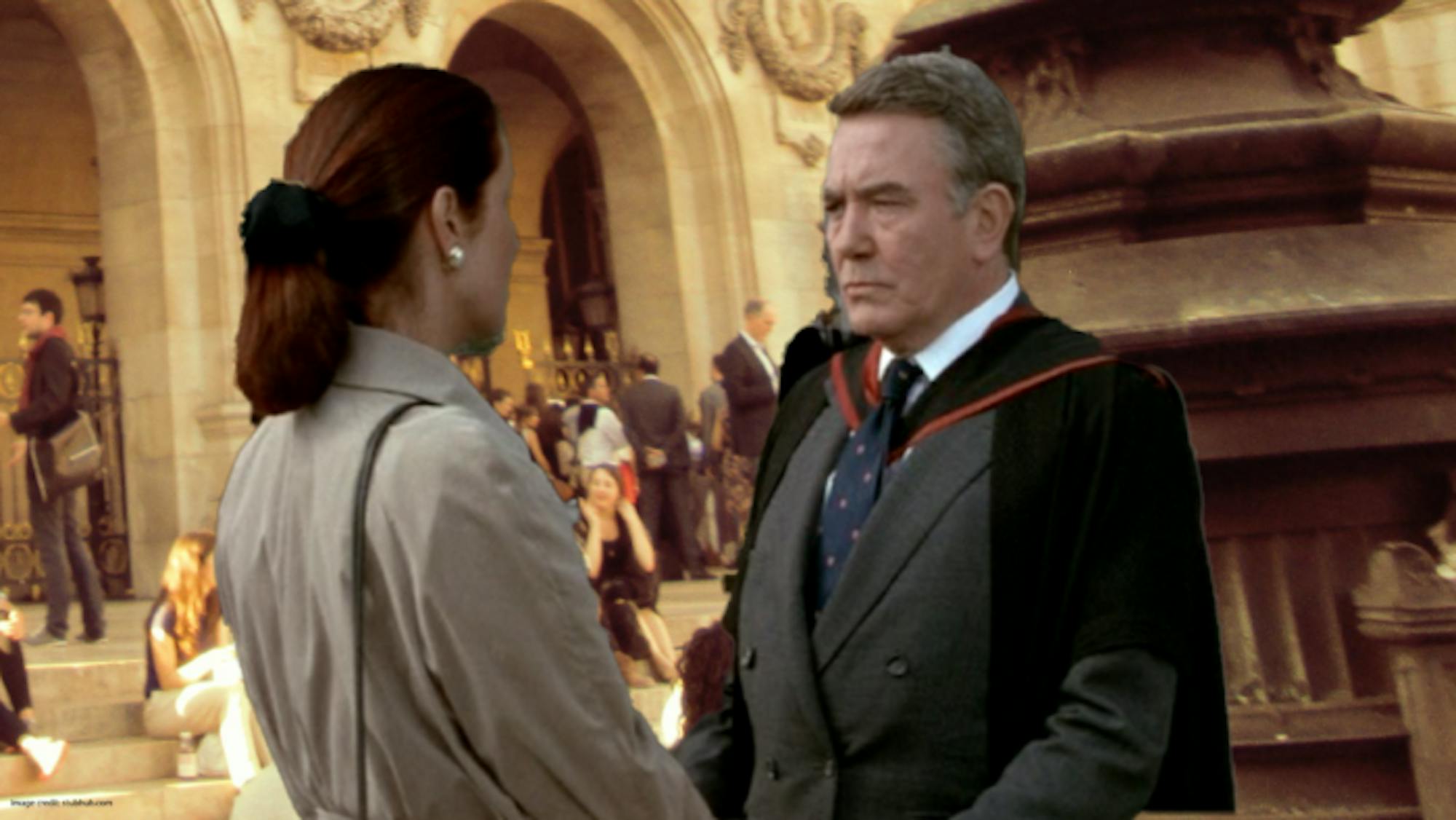
On October 29 and 31, the Browning Cinema screened a type of production yet unheard of at Notre Dame: “Please Look: A Cinematic Opera Experience” was a creative solution to the restrictions of the previous year. Unable to hold live performances, Opera Notre Dame adopted the challenge to develop a film – uniquely combining the thrill of the cinema with the drama of opera, “Please Look” elaborated a sophisticated form of art.
According to Kierra Duffy, vocal performance professor and the film’s producer, “Please Look” is a “conceptual opera-esque music video project,” full of “vignettes which each exist as a self-contained moment.” It features American minimalist and post-minimalist compositions, branches of music that students are not often exposed to. The minimalist school emerged in the late 1950s in downtown New York; in contrast to the highly dissonant European compositional techniques at this time, the minimalists made more frequent use of consonant motifs. They are called “minimalist” in part for the incessant repetitions of these melodic themes without much variation. Each piece within the program is different and layered with significance. Duffy says individual members of the audience are meant to “glean an original meaning” from the scene, comparing this to the experience of “looking at a Jackson Pollock painting.” The introspective nature of the film is “meant to be an abstract and even spiritual experience, a platform where people reflect and digest the events of the last one and a half years.”
Mary Katherine Bucko, Catherine Hyry and Lauren Lundy began the show with the piece “Before I Enter,” from David Lang’s “Shelter” oratorio (2005). The premise is simple, being a narration of someone’s daily rituals before they enter their house. An eerie flashing of lamps, varying tones of light and the monotone utterance of the text adds a layer of fear and suspense. Jeron Burney and Lauren Lundy sing the following piece, a climatic and intense love duet from Philip Glass’s “Akhanaten” (1983). Each lover searches for the other within the chirping woods, arriving at their destination only to circle continuously around each other, unable to make contact. The music likewise shares the “circling” theme, dramatically extending the resolution of the conflict.
Megan Meyer solos “Please Look,” a title which the film derives. Originally from Michael Gordon’s opera “Lost Objects” (2001), this haunting scene chills the spine as the soprano repeats “Missing child please look then forward on” and proceeds to describe the incident through an email. Stumbling desperately through the woods, her urgent cry appears to mimic a siren. Toward the end of the piece in particular, one may recall the sensation of the Doppler effect as the music gradually comes to an end.
“This is Prophetic” from “Nixon in China” (1987), may be the most relevant of the composition, as the words of the singer could be reiterated for our present time. Margaret Foster plays Pat Nixon, who has brilliant lines of music such as: “Why regret life, which is so much like a dream?,” “Let luxury dissolve to the atmosphere” and “Let routine dim the edge of mortality.” Scenes of Nixon’s visit to China flash on and off the screen, a major event at the time given that the United States had seen nothing of China for nearly two decades.
Emorja Roberson and Thomas Valle-Hoag sing the “Prelude to the Holy Presence of Joan of Arc” (1981). The words are almost like echoes in the mind of Joan, recalling how the saints appeared and how they consistently told her to “speak boldly.” Erica Forbes solos the Magnificat from John Adam’s “El Niño” (2000), a dream-like interpretation of the gospel of Luke's words. Featured in white for her purity, Mary is surrounded by women in black who accompany her through the song. Next, a large group performs “Things Heaven and Hell,” a ritual-like scene with largely experimental music.
Nearing the end of the film, Catherine Hyry, Lauren Lundy, Sounak “Raj” Das and Howard Eckdahl surround a bonfire to perform the beautiful and somber “Have mercy, my God,” from “The Little Match Girl Passion” (2008). It is a moving prayer, but the occasional panels to the fire seem to convey a hellish imagery, leaving the audience to wonder what the characters are seeking salvation from.
The final piece, “Choosing Companions” from “Atlas” (1991), is the definition of spring; blooming trees surround the characters, who all mimic birds, their birdsong and supposedly bird-like conversation. The female bird (Meredith Monk) sings a beautiful melody and sets off to find companions to share in it. Rejecting the pompous bird (Thomas Valle-Hoag), she instead finds two other characters (Emorja Roberson and Sounak “Raj” Das) who help her form a lovely trio to enlighten the spring.
Duffy is incredibly proud of the singers, claiming she even had to remind herself of the fact they were students and not professionals. Indeed, the singers, accompanied by the fantastic Notre Dame Symphony Orchestra, sang and acted brilliantly. “Please Look” was a hopeful overturn to an incredibly difficult year, leaving us craving to see more of this new art form at Notre Dame.













